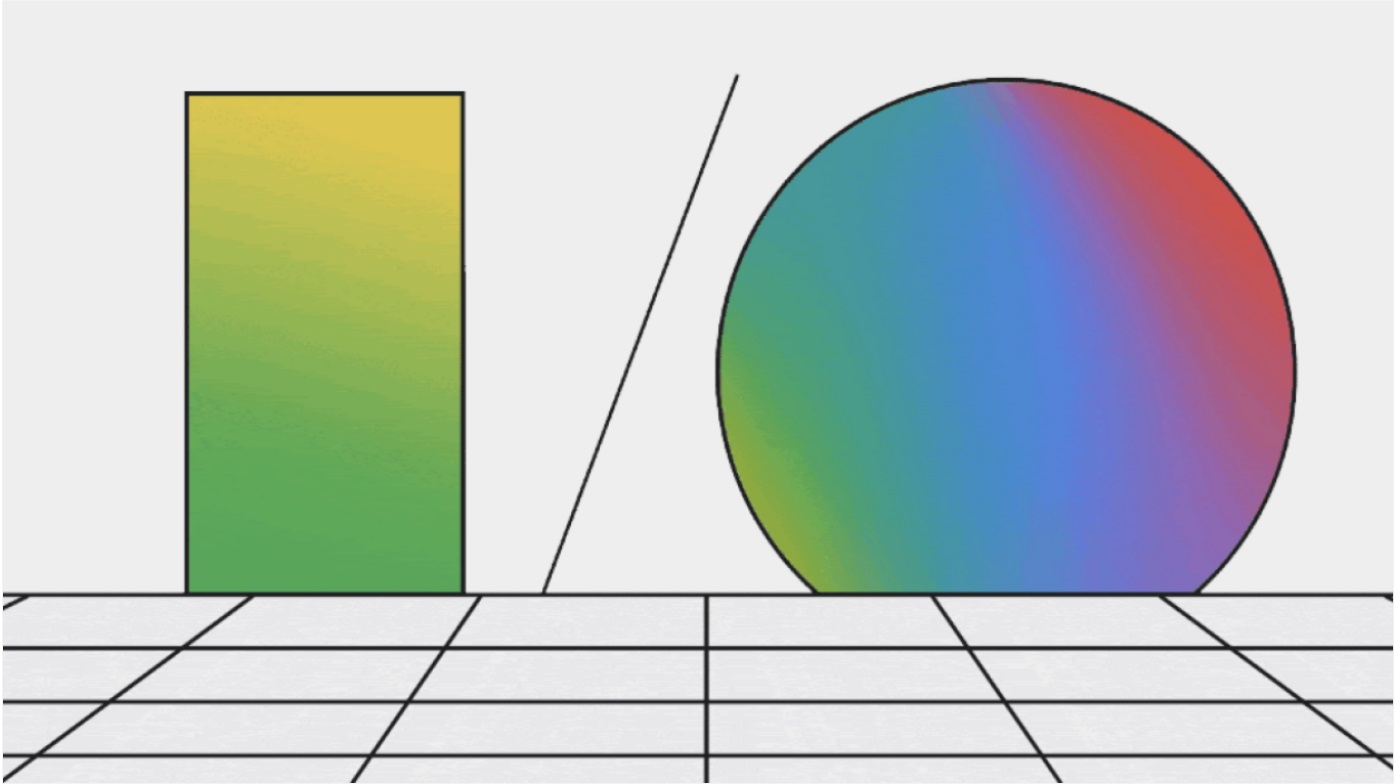A cross-platform mobile app is an application that can run on multiple mobile operating systems, like Android and iOS, using a single codebase. This means the developers write the code once and it can be deployed on both platforms, saving time and resources. Cross-platform apps may not take full advantage of all the features available on each specific platform and may not feel as native as an app designed specifically for iOS or Android. Both Flutter and Kotlin Multiplatform (KMP) are tools for building cross-platform mobile apps, but they take different approaches.
Flutter
Pros:
- Single Codebase: UI and business logic written using Dart language can be shared across Android and iOS.
- Rapid Development: Hot reload feature allows developers to make changes in application codebase and see the changes reflected without restarting the application.
- Perfect For MVPs: Helps to achieve quick iteration and prototyping.
- Large Community: Extensive documentation, tutorials, and a strong developer community for support.
- Visually Appealing Apps: Beautiful and smooth user interfaces can be created.
Cons:
- Performance: Compared to native apps performance is slightly lower, especially on older devices.
- Larger Size : Flutter apps tend to be a larger size than native ones.
- Learning Curve: Developers have to learn a new language (Dart) if not already familiar.
- Limited access to native features: May require platform-specific plugins for some functionalities.
Kotlin Multiplatform (KMP)
Pros:
- Native UI Experience: Leverages native UI toolkits (like Jetpack Compose for Android) for UI development.
- Native Performance: Usage of native components helps KMP apps to perform as efficiently as they would as natively developed apps.
- Shared Business Logic: Write code once for functionalities such as data handling or authentication.
- Kotlin familiarity: Ideal for developers already using Kotlin for native Android development.
- Native Features: Full access to platform-specific features and APIs.
Cons:
- Steeper Learning Curve: As it uses lot of native components it won’t be sufficient to be familiar with only Kotlin. Requires understanding of both KMP concepts and native development with some platform-specific code.
- Slower Development: Each platform requires separate UI can take longer to build initially.
- Less mature: KMP is a relatively newer technology with a smaller community compared to Flutter.
Which One To Choose ?
Ultimately, the choice will depend on the app’s needs. If you are developing an MVP app or need to prioritize development over native performance and able to learn Dart quickly will be better with Flutter. If you prioritize native performance and UI or you don’t want to invest in learning new language, KMP will suit you.
Conclusion
Kotlin Multiplatform has come a very long way over the course of just few years, making it a serious competitor to a much older and more mature cross-platform technology like Flutter.









